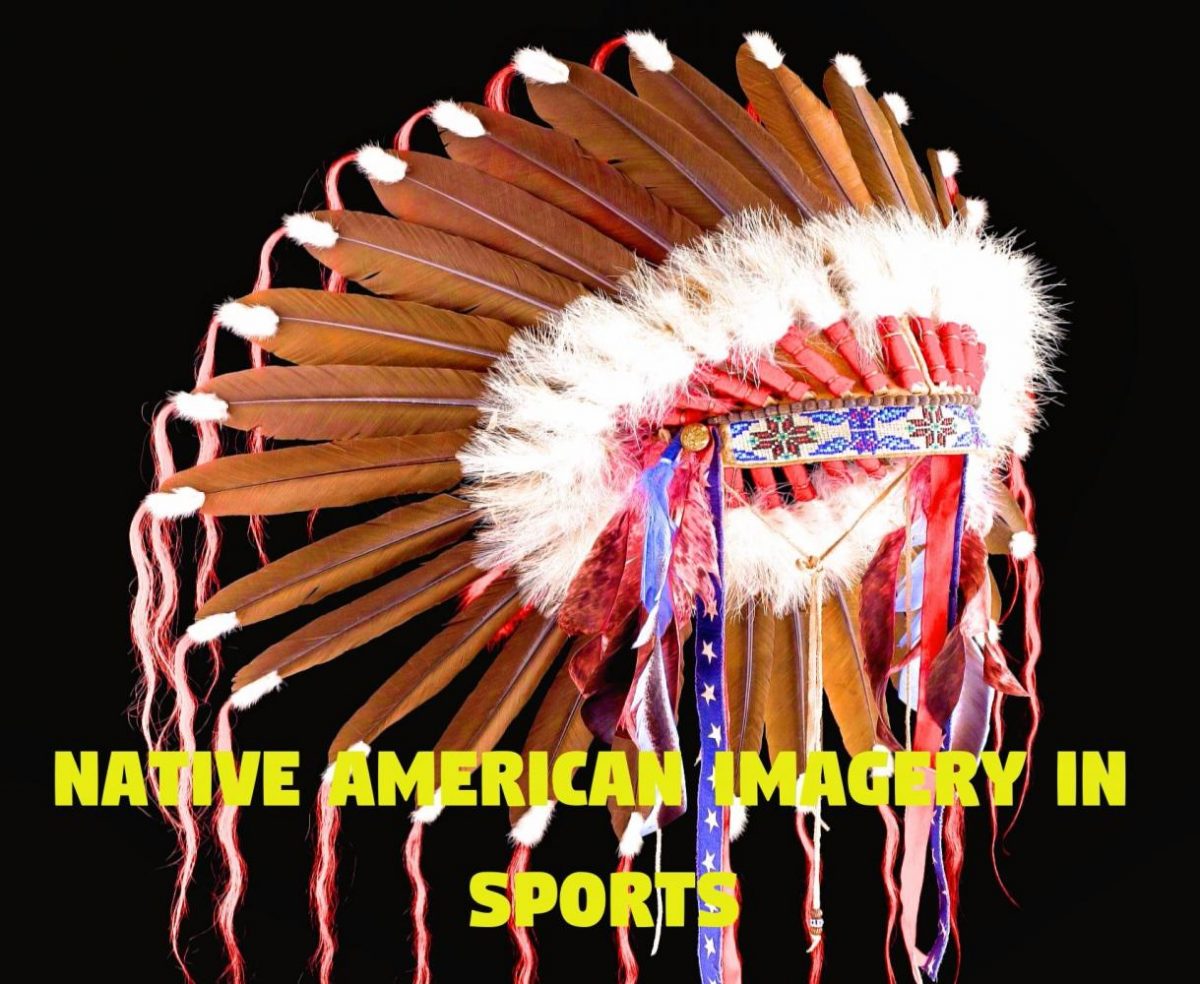Authentic trailer war bonnet
Linganore needs its headdress back — and here’s why
Our values and history as a school have been thrown into the spotlight in these last couple months. Ever since the “Tribe” leader was banned from wearing a Native American headdress, the student body has been torn apart by arguments about the ethics of wearing a Native American artifact for football and basketball games.
Native American symbolism in sports has been a controversial topic in recent years, with debates about teams such as the Washington Redskins and Cleveland Indians.
But is using Native American symbolism and imagery in sports offensive? Many Native Americans themselves do not think so, according to research.
A poll from the Washington Post taken in 2015 found that 9 out of 10 local Native Americans are not offended by the use of the Washington Redskins name or logo. Even 85% of college graduates (who were polled) were not bothered by the football team’s representation. This same poll also found that nearly 75% of Native Americans were not offended by the use of Native American imagery in sports.
Participants who identified as politically liberal were more than twice as likely to say they were offended by the Redskins’ name and Native American imagery.
This small and local poll may accurately represent the feelings of Native Americans in our Washington, D.C./Maryland area and should be taken into account in the argument of whether Native Americans take offense to their imagery in sports.
The Linganore area has been connected to Native Americans for centuries. Archaeologist Spencer Greasey, who discovered and excavated the Indian Caves of Linganore in 1960, said that these caves were in use for the duration of three cultural periods when Native Americans ruled our lands.
According to Greasey, the Linganore name is taken from a Native American chief who once lived on Linganore Creek. What’s equally interesting is that Native American warriors in battle were coined as “Lancers.”
The origin of our school and our name, as well as our “Tribe,” all come from a positive point of view. The history of Native Americans in our county and region can be directly linked to our school. Linganore has never had the intention of making a mockery of Native American culture, and our headdress and “Tribe” represent unity and respect to their culture.
The Washington Redskins are an interesting case study because the reason behind the mass criticism of the Redskins comes from its origins as a team. The founder and former owner George Marshall has a profound history of racism, dating back to the creation of the team. Back when they were located in Boston in the early 1930’s, Marshall changed the team mascot to the Redskins to mock their Sioux Native American coach William Henry Dietz. Marshall even refused to integrate black players onto his team for 16 years until an ultimatum was forced upon him by Attorney General Robert F. Kennedy.
Even with their questionable beginnings and recent protests, the Redskins are still one of the most recognizable teams in football and won a federal court hearing this year to keep their trademark.
My perspective is that this issue has become more about politics than anything else.
The real issue should be whether Native American culture is represented respectfully. And I believe that at Linganore, it is.
This war bonnet headdress was used for ceremonial purposes in Native American culture. A replica headdress has been worn by our student body elected leader and represents unity and togetherness as a school — a tribal principle that comes right from the Native American community.
Critics may argue that all Native American imagery in sports comes from racism and appropriation. That is wrong, not only in our case, but also in the case of many teams that use Native American imagery, like the Cleveland Indians.
The Indians, just like the Redskins, have received protest for their name and their mascot Chief Wahoo. But just like Linganore, the Indians’ nickname has a background that can be interpreted as respectful.
In 1897, a pioneer of Native American athletes Louis Sockalexis signed a contract to the then-named Cleveland Spiders.
Sportswriters helped rename the team the Indians in 1915. There has been some debate about whether the Indians name was chosen to honor Sockalexis, but Indians had been an unofficial name for the team for years, including when Sockalexis was playing.
Many Clevelanders believe the name does honor Sockalexis and his contributions to the game. NBC Sports writer Joe Posnanski cited an old Cleveland Plain Dealer article that reported:
“Many years ago there was an Indian named Sockalexis who was the star player of the Cleveland baseball club. As a batter, fielder and base runner he was a marvel. Sockalexis so outshone his teammates that he naturally came to be regarded as the whole team. The fans throughout the country began to call the Clevelanders “the Indians.” It was an honorable name, and while it stuck the team made an excellent record.”
That certainly sounds respectful to me.
And I believe Linganore is being respectful as well.
Our school and athletic programs have been bringing our community together for decades under our mascot. The way we represent ourselves is not a cultural appropriation, but is a show of unity and togetherness. We want our headdress back and to be able to come together as one under it.

